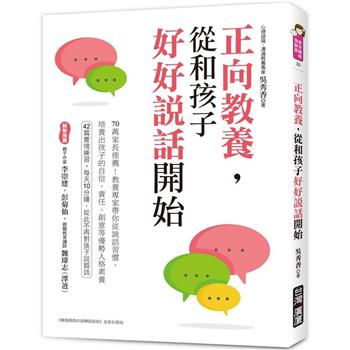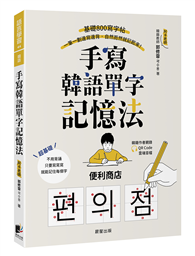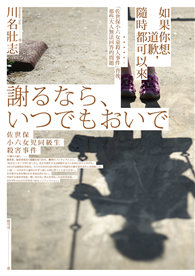"I don’t know."
Is there a more frustrating answer when we ask students what they think about the texts they’re reading? More often than not, they DO know; or at least, they have something to say but are afraid to say it.
Marilyn Pryle argues that we can help students find their voices and deeply understand texts when we invite them to write and share short reading responses. "If you’ve read something, you must have a thought," she explains. "The idea behind reading responses is simple: Read, and have a concrete idea about the text to bring to the discussion. You don’t have to be ’right.’ But you do have to have a thought from your own mind that is specific about the reading." This kind of engagement with texts is what Marilyn calls "reading with presence." Writing and sharing reading responses helps students look more closely at texts and their own thinking, while boosting engagement and self-confidence in their own voices.
Marilyn provides a clear framework for helping students embark on a year long journey of literary criticism and intellectual growth, filling notebooks with responses that are both personal and scholarly. Her suggested categories for reading responses allow for plenty of student choice, and the writing examples she shares throughout the book illustrate students’ deep thinking about a rich variety of texts both old and new, in a range of genres, from both whole-class and independent reading. "Reading responses put students on a road that leads to evidence-based interpretation rooted in personal experience, prior knowledge, and engagement," Marilyn writes. "The road, perhaps, of personal growth. And isn’t that why we all teach in the first place?"












